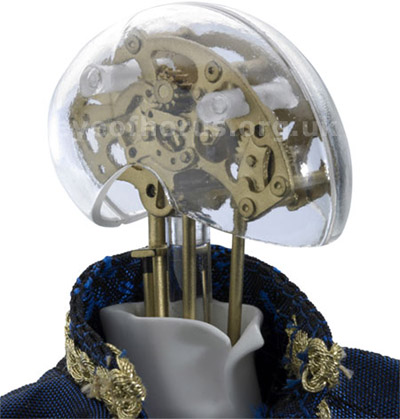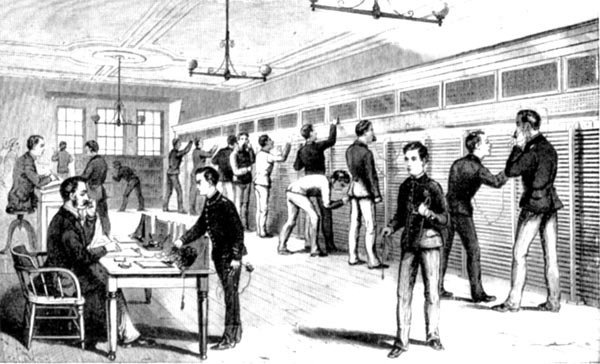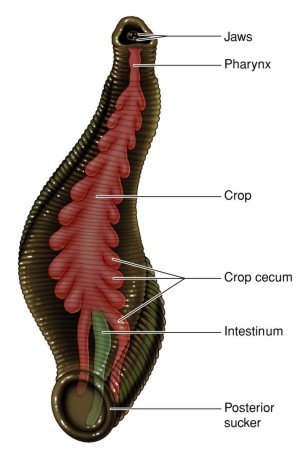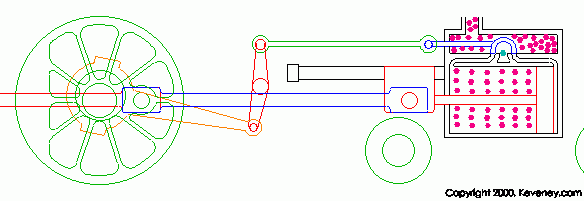
|
Lorna Mills and Sally McKay
Digital Media Tree this blog's archive OVVLvverk Lorna Mills: Artworks / Persona Volare / contact Sally McKay: GIFS / cv and contact |
View current page
...more recent posts
Joester has been talking about Johan Huizinga's book Homo Ludens on a recent thread. I'm interested in how similar Huizinga's characteristics of play are to potential descriptions of art. There are differences, of course, but charming cross-overs.
voluntary: "...all play is a voluntary activity."sidenote: L.M. claims to use the following quote as an error message, "Play only becomes possible, thinkable and understandable when an influx of mind breaks down the absolute determinism of the cosmos."
not ordinary life: "...play is not 'ordinary' or 'real' life. It is rather a stepping out of 'real' life into a temporary sphere of activity with a disposition all its own."
limitedness in time: "Play begins at a certain moment and then it is 'over.'"
repeated: "It is transmitted, it becomes tradition. It can be repeated at any time, whether it be 'child's play' or a game of chess or at fixed intervals like a mystery."
limitedness in space: "All play moves and has its being within a playground marked off beforehand either materially or ideally, deliberately or as a matter of course."
order: "...it creates order, it is order. Into an imperfect world and into the confusion of life it brings a temporary, limited perfection. Play demands order absolute and supreme. The least deviation from it 'spoils the game', robs it of its character and makes it worthless."
aesthetics: "Play has a tendency to be beautiful."
tension: "...testing of the player's prowess"
fairness: "...despite his ardent desire to win he must still stick to the rules of the game."
rules: "All play has its rules."
 Clockwork Android |
 Central Telephone Exchange, New York City, 1880 |
Philip Lieberman (cognitive linguist), Human Language and Our Reptilian Brain: The Subcortical Bases of Speech, Syntax, and Thought, (Cambridge, Mass. & London: Harvard University Press, 2002) Historically, the most complex piece of machinery of an epoch serves as a metaphor for the brain. The metaphor seems to take on a life of its own and becomes a neurophysiological model. In the eighteenth and nineteenth centuries the brain was often compared to a clock or chronometer. During the first part of the twentieth century the model usually was a telephone exchange, and since the 1950s a digital computer. Mechanical-biological analogies, of course, are not limited to neurophsyciology. Physicians bled feverish patients in the early nineteenth century because of a false analogy between blood temperature and steam engines. Early steem engines frequently exploded as pressure increased at high operating temperatures. Safety valves then were invented that released superheated pressure. Hence it followed that bleeding would reduce temperature. As a result of this false analogy, the chances of survival for soldiers wounded at Waterloo were greater if they had not been treated by surgeons immediately after battle. In its own way, the analogy between biological brains and digital comptuers is as fatal for understanding the neural bases of human language." (pp.23-24) | |
 The Medicinal Leech |
 Locomotive Steam Engine |